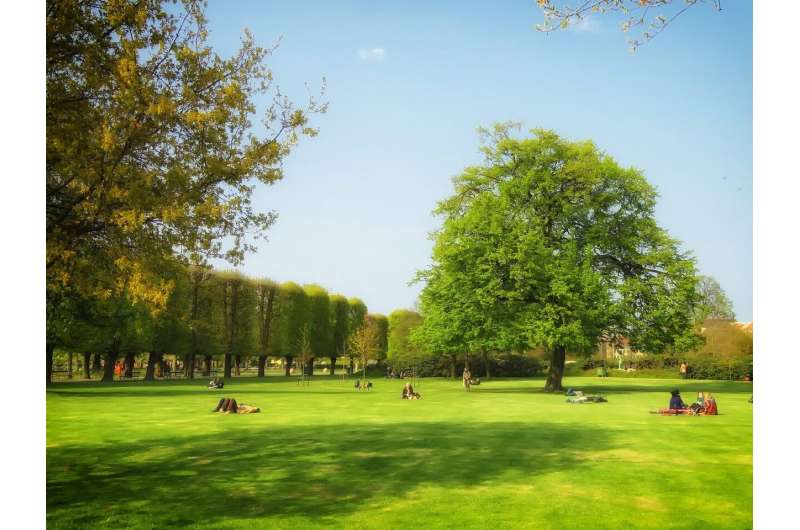
Living closer to outdoor spaces and water sources may reduce older people’s risk of having serious psychological distress, which can lead to mild cognitive impairment and dementia, according to a preliminary study released today, February 22, 2023, that will be presented at the American Academy of Neurology’s 75th Annual Meeting being held in person in Boston and live online from April 22-27, 2023.
Researchers defined serious psychological distress as mental health problems that require treatment and have a moderate to severe effect on a person’s ability to participate in work, school and social situations.
“Since we lack effective prevention methods or treatments for mild cognitive impairment and dementia, we need to get creative in how we look at these issues,” said Solmaz Amiri, DDes, of Washington State University Elson S. Floyd College of Medicine in Spokane, Washington. “Our hope is that this study showing better mental health among people living close to parks and water will trigger other studies about how these benefits work and whether this proximity can help prevent or delay mild cognitive impairment and dementia.”
The study involved 42,980 people age 65 or older living in urban areas in the state of Washington.
Researchers looked at data from the U.S. Census and the Centers for Disease Control and Prevention to identify how close participants lived to green and blue spaces. Green space was defined as public parks, community gardens and cemeteries. Blue space was defined as water bodies such as lakes, reservoirs, large rivers and coasts.
Participants completed a questionnaire to assess psychological distress. They answered six questions on how often they felt depression and anxiety symptoms using a five-point scale ranging from zero, meaning none of the time, to four, meaning all the time.
Questions included items like how many days they were unable to work due to psychological distress, how many days their productivity was at least halved by distress, and how many times they sought professional help. Scores ranged from 0 to 24, with an average score of 2. Participants who scored above 13 on the test were considered to have serious psychological distress.
Researchers reported that around 2% of the participants had serious psychological distress. Of the total participants, 70% lived within half a mile of a green space and 60% lived within half a mile of a blue space.
People living within half a mile of green or blue spaces had a 17% lower risk of experiencing serious psychological distress compared to people living further than half a mile from green or blue spaces. Of the people who lived within a half mile of parks and water, 1.3% had serious psychological distress, compared to 1.5% of the people who lived further than half a mile.
“Our hope is that this study may help inform public health policies in the future, from where residential facilities are located to programs to improve mental health outcomes of people living in long-term care centers or nursing homes,” Amiri added.
A limitation of the study was that respondents reported on their own psychological distress and may not have remembered and reported all details accurately.
American Academy of Neurology

